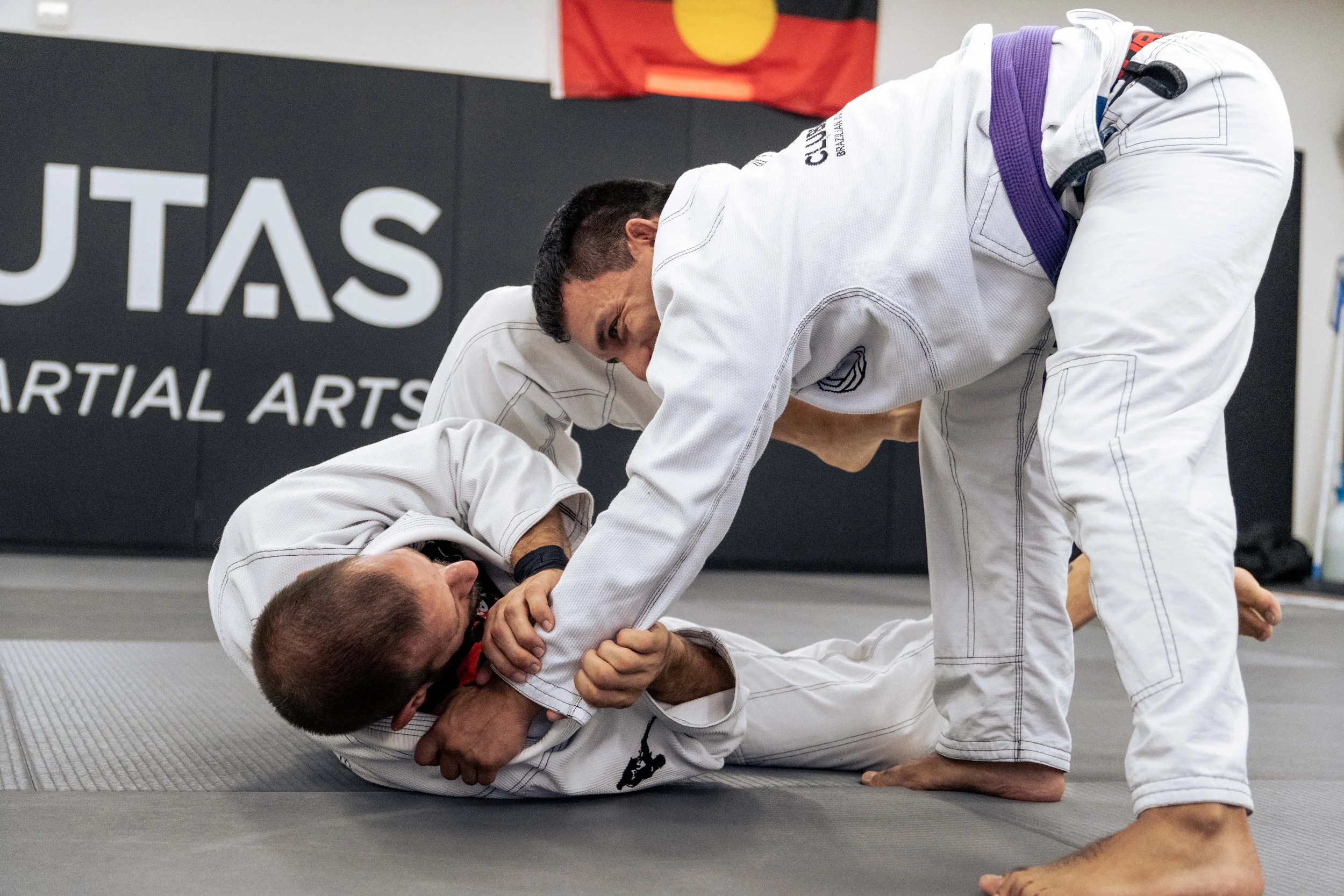Injury vs Training: A Productive Way to Recover in Brazilian Jiu-Jitsu
Injuries are common in Brazilian Jiu-Jitsu. It can be frustrating and demotivating to deal with an injury, especially when it limits your training or forces you to take a break. However, stopping training entirely is not the right approach.
We understand the frustrations of injuries all too well. As coaches who have been training for over 27 years individually, we have seen our fair share of injuries. However, we have never let any of them hinder our training. We firmly believe that with the right approach, injuries can actually help you become a better martial artist.
Over the years, we have developed strategies and techniques that allow us to train safely and effectively, even when recovering from an injury. We have learned that the key to successful injury management is to listen to your body, respect your limitations, and work with your coach to develop a tailored training plan.
At Clube De Lutas, we take a proactive approach to injury prevention and management. We prioritize injury prevention through proper warm-ups, cool-downs, and mobility exercises. We also encourage our students to be proactive in their injury management, seeking out professional medical advice and support when necessary.
We'll discuss tips and strategies about how you can continue training around your injuries and how this is the best time to improve your Jiu Jitsu game.
Understand the Injury and Its Limitations
The first step in training around your injury is to understand the injury and its limitations. Seek medical advice and take the necessary time off to let your body heal. Once you have a clear understanding of your injury, you can work with your coach to develop a training plan that accommodates your injury.
For example, if you have a shoulder injury, you may need to avoid techniques that involve a lot of shoulder rotation, such as kimuras or armbars. Instead, you could focus on developing your bottom game, working on sweeps and guard retention. By understanding your limitations and adjusting your training plan accordingly, you can continue to train safely and progress in your jiu-jitsu journey.
Visualise and Restrategise Your Game
Visualisation is a fantastic way to reflect on the possibilities to expand your arsenal.
You can mentally rehearse techniques that you are unable to perform physically, visualizing the movement and the execution. This mental training can help you develop a deeper understanding of the technique, such as how each technique is set up and what are the possibilities from every stage in executing that technique. When you are ready to return to full training, you can execute it with more precision and awareness.
Don't Stop Training Entirely
Stopping training entirely is not the right approach. Even if you cannot train at full intensity, there are still many ways to continue training around your injury.
For example, you could attend classes and focus on techniques that do not aggravate your injury or work on your conditioning. You could also work on your mental game, studying matches, and developing strategies. You can even use this time to focus on your weaker areas. If you have a weak guard, spend more time working on your guard recovery or specific guard techniques.
Staying engaged with your training, even in a limited capacity, can help you maintain your progress, avoid frustration, and feel connected to your team and training partners. This is also a great time to support your training partners, helping them with their techniques or drilling with them. This not only benefits them but also helps you stay connected and engaged with the martial art.
So if you're dealing with an injury, don't give up on your training entirely. With the right approach, you can continue to train safely and effectively, and even use your injury as an opportunity for growth and development. By understanding your injury, visualizing and restrategizing your game, and continuing to train around your injury, you can recover productively and progress in your jiu-jitsu journey. Use this time to stay engaged with your training, support your teammates, and come back stronger.

